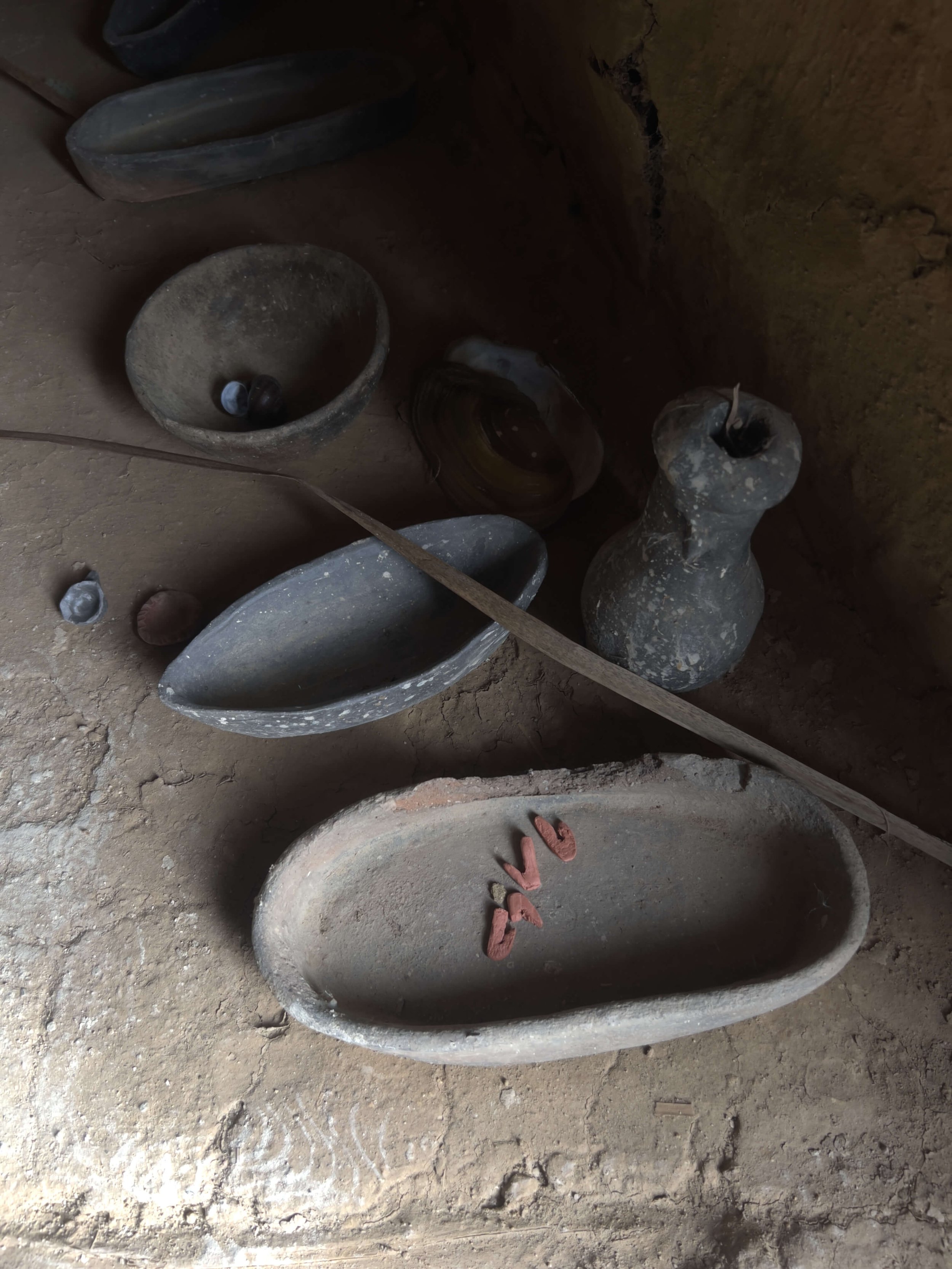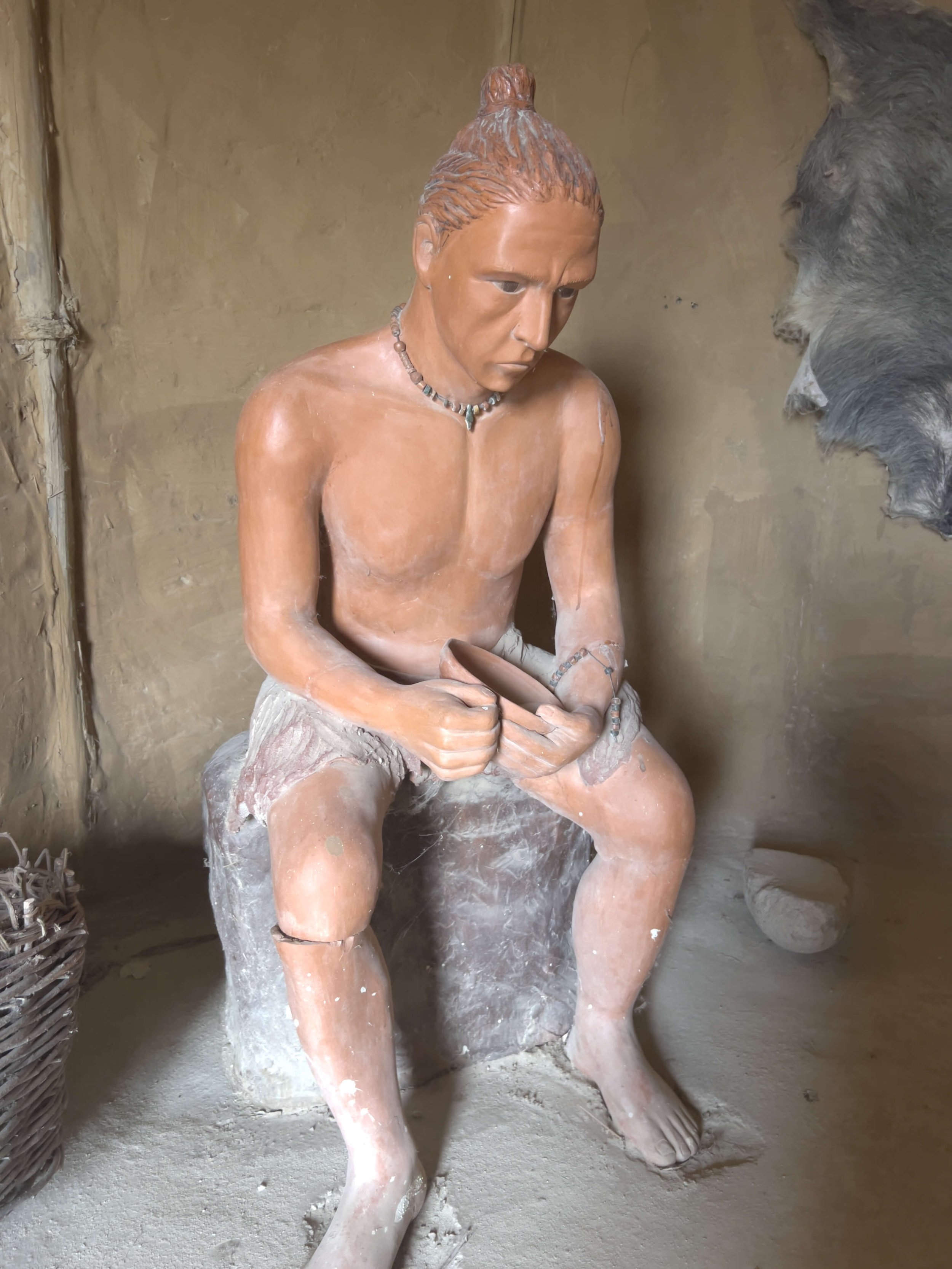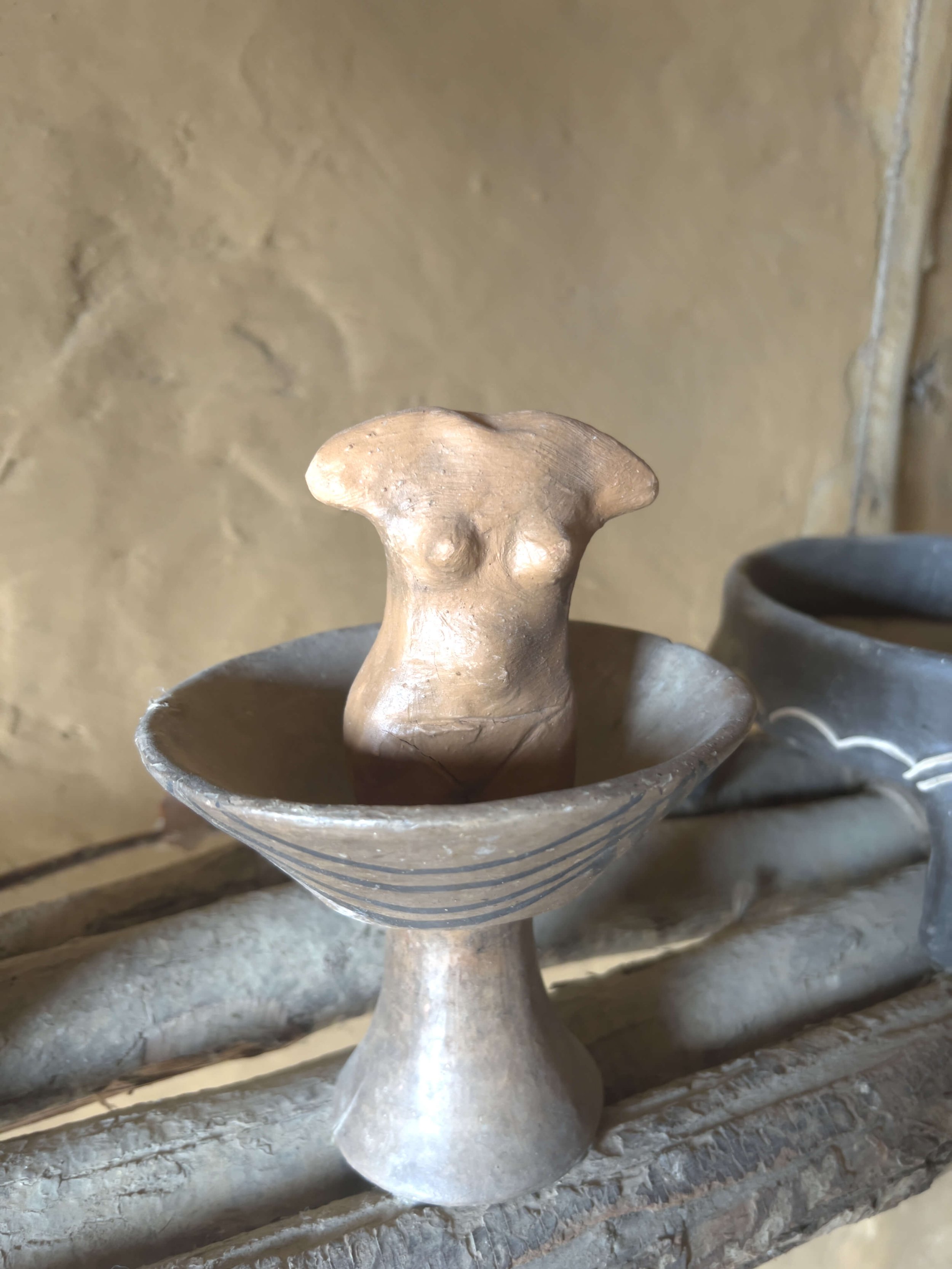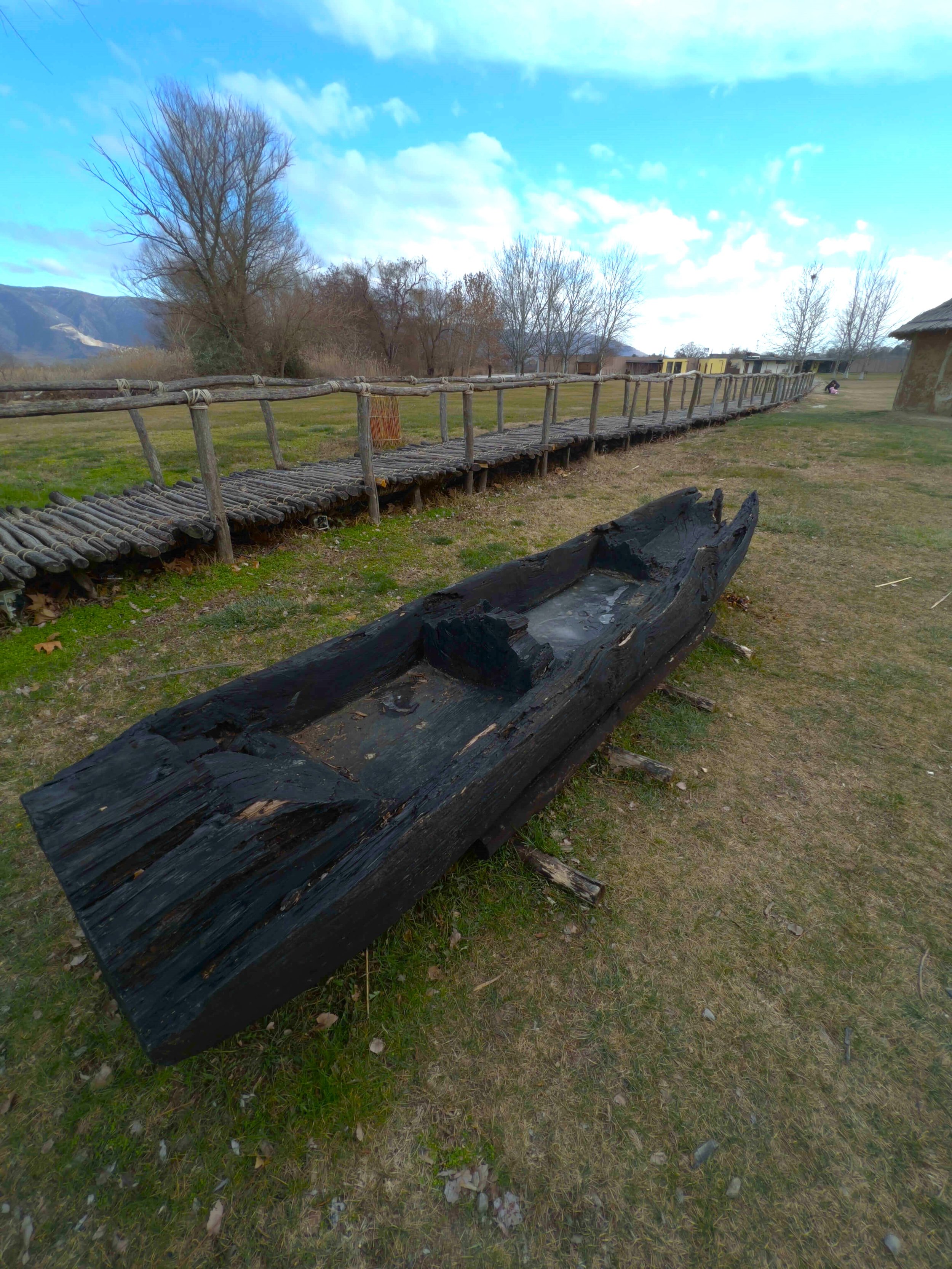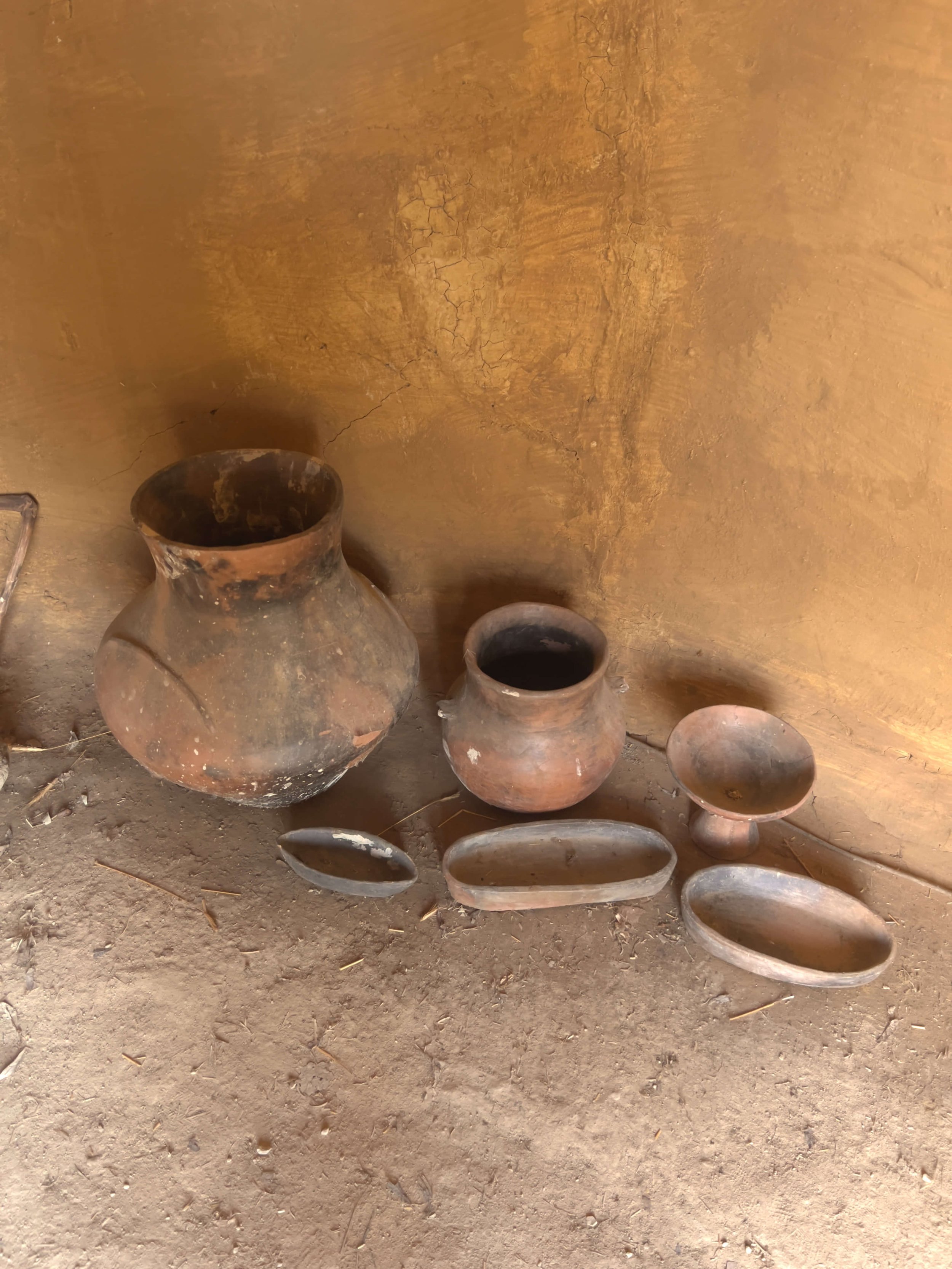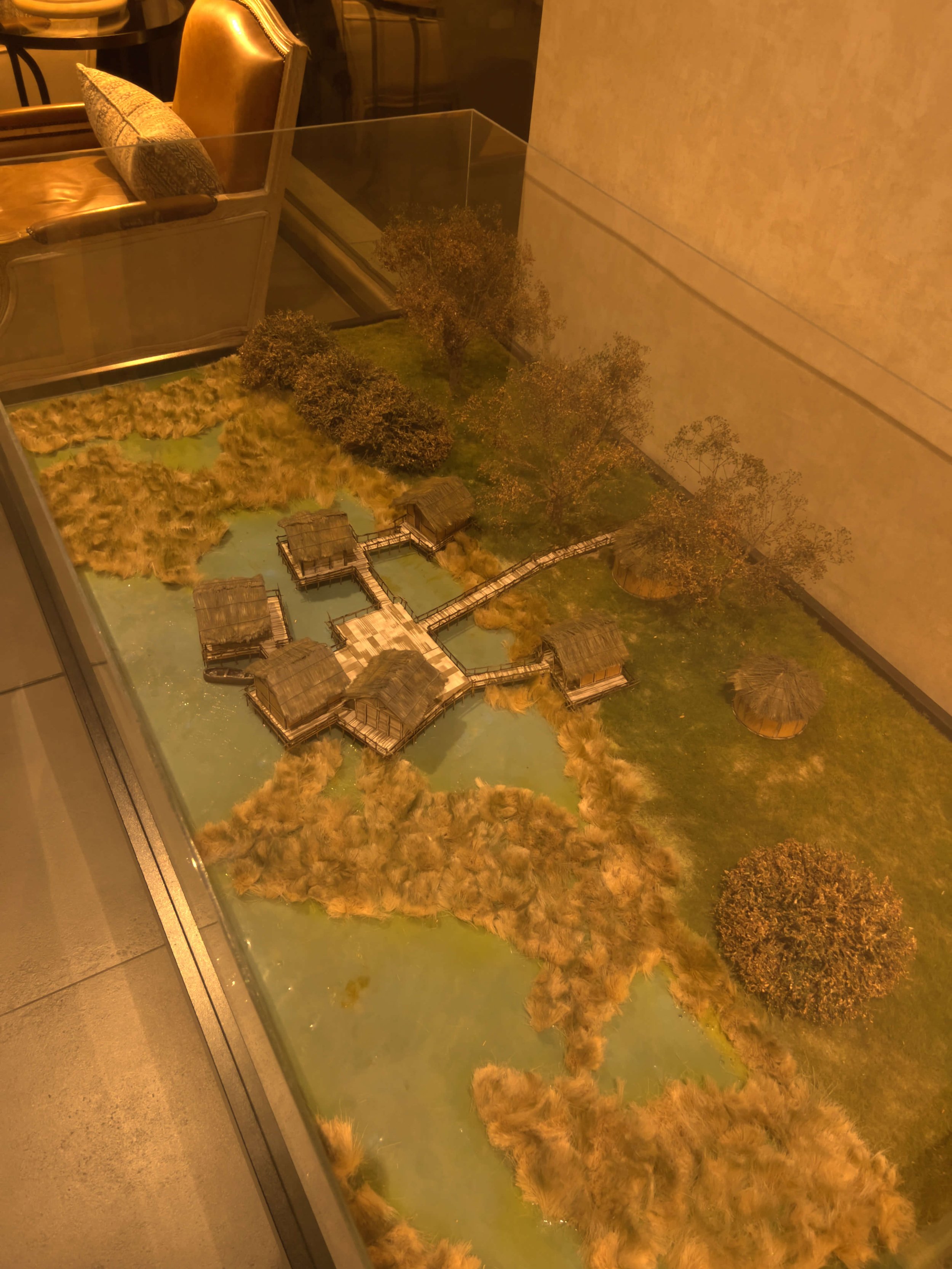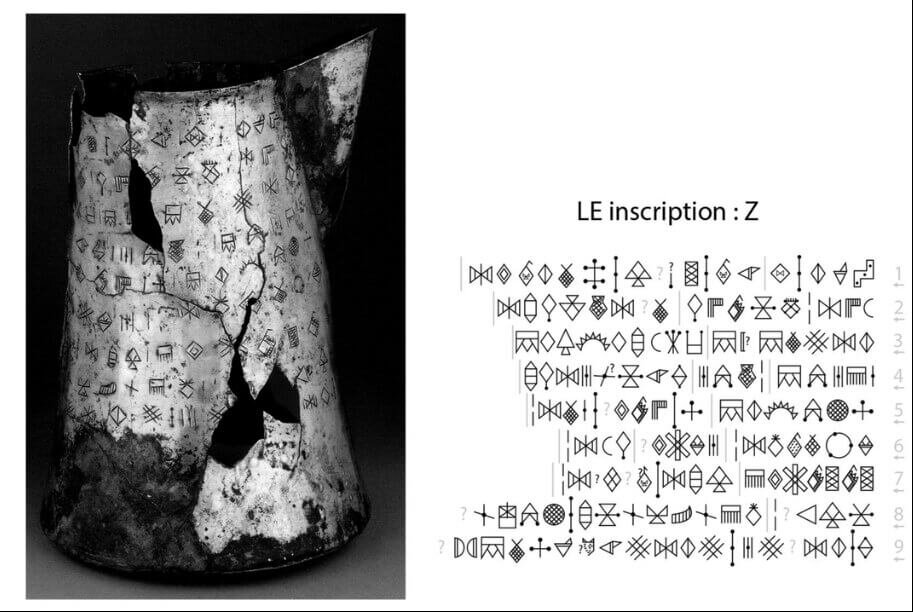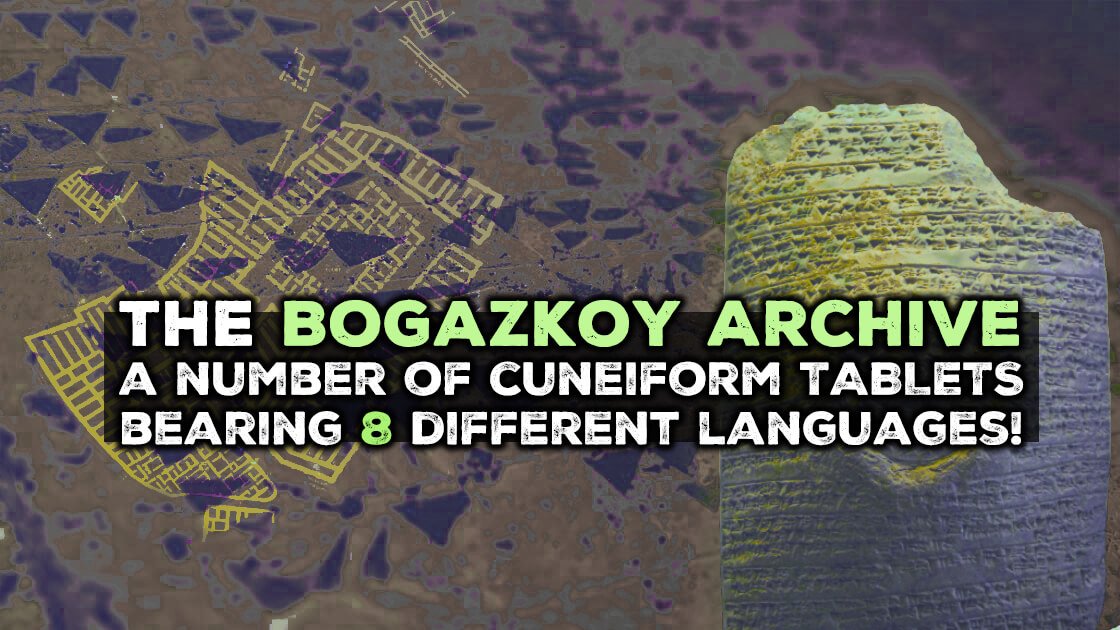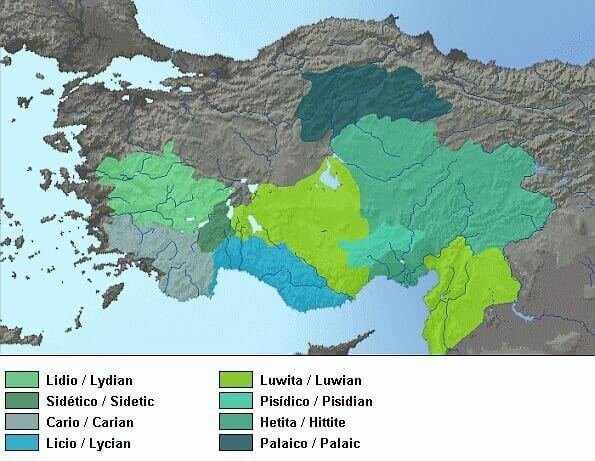Mosaics, with their intricate designs and vibrant colors, have long fascinated historians, archaeologists, and art enthusiasts alike. These ancient works of art, composed of tiny pieces of stone, glass, or ceramics (known as tesserae), have survived the test of time, offering a window into the past. Across different civilizations, mosaics served as a form of storytelling, cultural expression, and architectural decoration. Here, we explore ten of the most breathtaking and well-preserved mosaics from antiquity, each revealing unique aspects of ancient life and artistry.
1. The Alexander Mosaic – Pompeii, Italy
Perhaps the most iconic mosaic of antiquity, the Alexander Mosaic, dates back to the 2nd century BCE. Discovered in the ruins of Pompeii’s House of the Faun, this masterpiece depicts the Battle of Issus between Alexander the Great and the Persian king Darius III. The mosaic showcases exceptional craftsmanship, with over 1.5 million tesserae capturing the intensity and movement of battle. The use of shading and perspective highlights the advanced techniques of Hellenistic artists. Today, the original is preserved in the Naples National Archaeological Museum, while a replica remains at its original site.
2. The Villa Romana del Casale Mosaics – Sicily, Italy
The mosaics of the Villa Romana del Casale, a UNESCO World Heritage Site, are among the finest examples of Roman mosaic art, dating to the 4th century CE. This luxurious villa in Sicily features over 3,500 square meters of mosaics, illustrating scenes of hunting, mythological figures, and daily life. The "Great Hunt" mosaic, in particular, offers a vivid portrayal of exotic animal captures, reflecting the Roman fascination with the natural world and their expansive empire. The stunning preservation of these mosaics provides a rare glimpse into the opulent lifestyle of the Roman elite.
3. The Hellenistic Mosaics of Pella – Greece
Pella, the ancient capital of Macedon and the birthplace of Alexander the Great, boasts some of the earliest known examples of complex floor mosaics. Dating to the 4th century BCE, these mosaics feature intricate scenes of mythological hunts, animals, and geometric patterns. The famous "Lion Hunt" mosaic, made with pebbles rather than cut stone, exemplifies the skill of early Hellenistic artists. The use of shading and dynamic compositions showcases the innovation in Greek mosaic art during this period.
4. The Mosaics of the Basilica of San Vitale – Ravenna, Italy
Dating to the 6th century CE, the mosaics of the Basilica of San Vitale in Ravenna are renowned for their vibrant colors and religious iconography. These mosaics are some of the finest examples of Byzantine art, illustrating scenes from the Old and New Testaments, as well as portraits of Emperor Justinian and Empress Theodora. The combination of gold tesserae, intricate patterns, and detailed facial expressions reflects the spiritual and political power of the Byzantine Empire. The Basilica itself is a UNESCO World Heritage Site, drawing visitors from around the world.
5. The House of Dionysus Mosaics – Paphos, Cyprus
The House of Dionysus, located in the ancient city of Paphos (a UNESCO World Heritage Site), features one of the most extensive collections of mosaics from the Roman period. Dating to the 2nd century CE, these mosaics are notable for their vivid depictions of Greek mythology, including scenes of Dionysian feasts, the Labors of Hercules, and the tale of Phaedra and Hippolytus. The use of vibrant colors and the detailed portrayal of figures highlight the artistic achievements of Roman craftsmen in Cyprus.
6. The Lod Mosaic – Israel
Unearthed in 1996, the Lod Mosaic is one of the best-preserved mosaics from the Roman Empire, dating to around the 3rd century CE. This elaborate floor mosaic, found near Tel Aviv, features a series of panels with stunning depictions of marine life, animals, and geometric designs. The central panel, showcasing a wide variety of fish and sea creatures, is particularly notable for its lifelike detail. The mosaic's excellent preservation offers insight into the artistic traditions of the eastern Roman provinces.
7. The Great Palace Mosaics – Istanbul, Turkey
The mosaics from the Great Palace of Constantinople, dating to the 6th century CE, provide a glimpse into the daily life and ceremonial splendor of the Byzantine Empire. These mosaics, now housed in the Great Palace Mosaic Museum, depict scenes of hunting, chariot racing, and various mythical creatures. The intricate designs and use of vibrant colors reflect the luxurious tastes of the Byzantine elite. The mosaics also serve as valuable historical records, illustrating a wide range of activities and cultural elements from the early medieval period.
8. The Antioch Mosaics – Hatay, Turkey
The ancient city of Antioch (modern-day Antakya) was a major center of Roman and early Christian art. The Antioch Mosaics, dating from the 2nd to 5th centuries CE, are known for their intricate geometric designs and mythological themes. One of the most famous pieces, the "Drunken Dionysus" mosaic, captures the god of wine in a relaxed, almost whimsical state. These mosaics are now displayed in the Hatay Archaeology Museum, showcasing the artistic fusion of Greco-Roman and Eastern influences in the region.
9. The Mosaics of Zeugma – Gaziantep, Turkey
Zeugma, once a thriving city on the banks of the Euphrates, is home to some of the most exquisite mosaics of the ancient world. Discovered in the early 2000s during rescue excavations, the Zeugma mosaics date from the 2nd to 3rd centuries CE. Notable pieces include the "Gypsy Girl" mosaic, renowned for its enigmatic gaze, and the "Oceanus and Tethys" mosaic, showcasing intricate marine scenes. The delicate detailing and lifelike portrayal of human expressions highlight the exceptional skill of Zeugma’s artists.
10. The Floor Mosaic of the House of the Birds – Italica, Spain
The ancient Roman city of Italica, near Seville, boasts one of the finest floor mosaics from the Roman period, dating to the 2nd century CE. The "House of the Birds" mosaic features a central panel depicting various bird species, surrounded by intricate geometric patterns. The exceptional preservation of the mosaic offers a glimpse into the decorative tastes of Roman domestic architecture. Italica, the birthplace of emperors Trajan and Hadrian, remains a significant archaeological site, and its mosaics are a testament to the city’s historical and cultural legacy.
Conclusion
These ten mosaics are more than mere decorations; they are historical documents, capturing the cultural values, artistic innovations, and everyday life of ancient civilizations. Their exceptional preservation allows us to appreciate the craftsmanship and storytelling of ancient artisans, whose works continue to inspire awe and admiration thousands of years later. As we uncover and restore more of these treasures, each mosaic tells a new chapter in the vivid tapestry of our shared human history.















































































































